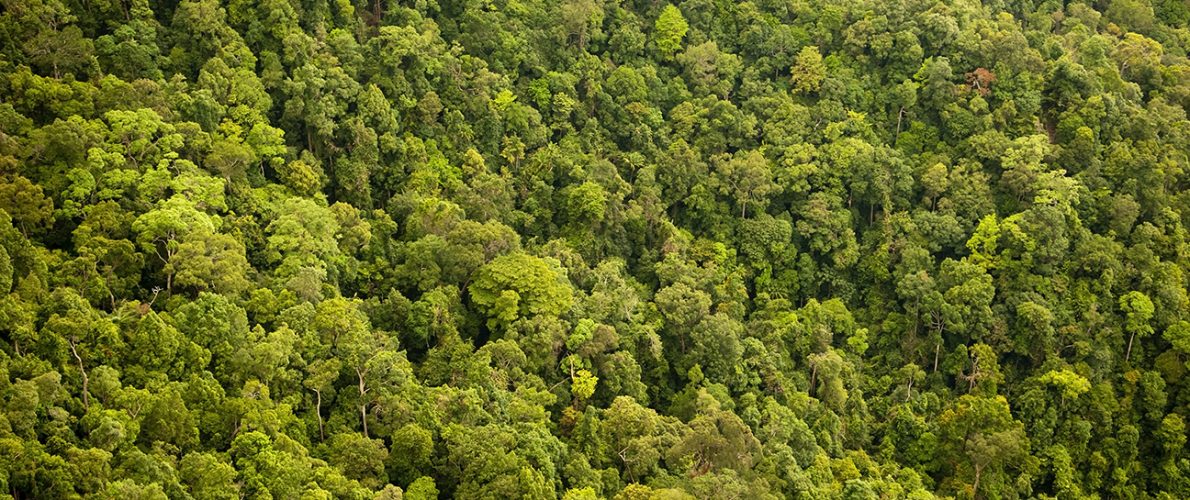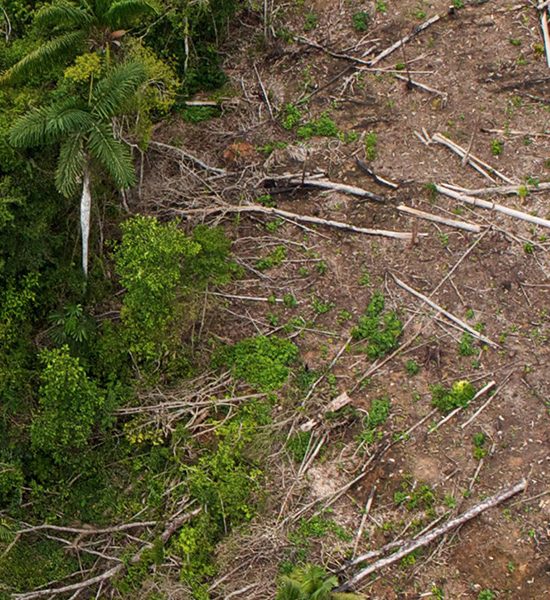
Creating the Red Panda Community Forest
Support More Work Like ThisSupport More Work Like ThisBoasting dramatically diverse ecosystems, the eastern Himalayas encompass rich grasslands, subtropical rainforests, temperate broadleaf forests and rhododendron groves that ascend to alpine meadows.
-
Species at Risk
Chinese Pangolin (CR), Red Panda (EN), Dhole (EN), Himalayan Tahr (NT)
-
Carbon stored
(Not Calculated)*
*(metric tons of CO2 equivalents) -
Partner
Red Panda Network
-
430,050 Proposed Acres Conserved by
Purchase
-
Project Cost: $244,750

430,050
Boasting dramatically diverse ecosystems, the eastern Himalayas encompass rich grasslands, subtropical rainforests, temperate broadleaf forests and rhododendron groves that ascend to alpine meadows.
-
Species at Risk
Chinese Pangolin (CR), Red Panda (EN), Dhole (EN), Himalayan Tahr (NT)
-
Carbon stored
(Not Calculated)*
*(metric tons of CO2 equivalents) -
Partner
Red Panda Network
-
430,050 Proposed Acres Conserved by
Purchase
-
Project Cost: £184,022

430,050
Boasting dramatically diverse ecosystems, the eastern Himalayas encompass rich grasslands, subtropical rainforests, temperate broadleaf forests and rhododendron groves that ascend to alpine meadows. Due to its many microclimates and altitudinal gradients, a great variety of rare species such as the Red Panda and Chinese Pangolin call this area home.
While many parts of the eastern Himalayas have been degraded by ongoing deforestation for agriculture, parts of eastern Nepal remain surprisingly intact. This part of the Himalayas is cloaked in forest and has exceptionally high biodiversity. With swift action and your help, this vital remaining habitat can be safeguarded for the wide variety of wildlife that inhabit the region.
Since 2007, Red Panda Network has played a pivotal role in protecting forests in eastern Nepal by saving Red Panda habitat while simultaneously creating alternative income opportunities for rural communities. To advance this urgent conservation work, Rainforest Trust is joining forces with Red Panda Network to help designate and patrol a new 430,050-acre protected area for Red Pandas and a variety of other rare Himalayan species.
Explore Nepal

The Endangered Dhole, or Asiatic Wild Dog, by Dr. Ajay Kumar Singh

Red Panda, photo by Mathias Appel

Chinese Pangolin, by David Brossard
Biodiversity
Intensely hunted for its unique russet-and-cream colored fur as well as its highly valued bushy tail, the Endangered Red Panda is becoming increasingly rare – particularly as its habitat quickly disappears, causing a very real threat of extinction.
The new 430,050-acre Red Panda Community Forest Reserve will be vital to ensuring a future for the species as it safeguards necessary habitat while connecting three other protected areas that secure an essential wildlife corridor. Other imperiled species will benefit from the new reserve as well, including the Critically Endangered Chinese Pangolin. A unique creature with a long snout, snaking tongue and sharp claws, the Chinese Pangolin can dig and lick up its favorite food: termites. This shy, nocturnal mammal is armor-plated with tough outer scales that enable it to curl itself into a tight ball when threatened. However, these defenses are useless against threats like habitat loss and poaching that are pushing the species ever closer to extinction. Today, despite its classification as critically endangered, the Chinese Pangolin is highly demanded on the black market for its scales that are used in traditional Chinese medicine, and the animal is openly sold as a food item in Chinese restaurants. Similarly, the largest mammal in the region, the Himalayan Brown Bear, was once found in large numbers but its population is rapidly declining as a result of habitat loss and poaching for its fur, claws and body parts that are also used for traditional medicine. Having lost most of its high-altitude habitat to logging, mining and agriculture, today the Himalayan Brown Bear is believed to occupy just two percent of its former range. Other fascinating mammals that call this region home and that will be protected by the new reserve include the Himalayan Wolf, Himalayan Blue Sheep, and Himalayan Tahr. Additionally, Snow Leopards are known from adjacent lands and may be found to exist in the area as well. Due to the presence of hundreds of Himalayan bird species, Birdlife International and Bird Conservation Nepal have designated the area as one of Nepal’s Important Bird Areas. Furthermore, the region harbors a number of threatened and endemic flora, including spruces, firs, larches and Himalayan yew, as well as numerous alpine plants.
Challenges
Like much of the eastern Himalaya, the site of the proposed community forest reserve is under immense pressure due to its unprotected status.
While conservation measures are being carried out in some areas, the forest in the majority of the region is being degraded annually. Major threats include poaching as well as deforestation due to agriculture, cattle grazing, illegal logging, and collection of firewood.
Communities
To protect eastern Nepal’s remaining forests, Rainforest Trust is partnering with Red Panda Network to establish the Red Panda Community Forest Reserve with the involvement of local communities.
Hill tribes in the area include the Kirat, Gurung, Tamang, Bhotia, Magar, Sunwar and Sherpa. Other ethnic groups that have migrated into the area include Tibetans, Dalit, Chetri and Brahmins. The religious and cultural beliefs of these ethnic groups hold wildlife in high regard. Tribal women are the primary natural resource managers in this region of Nepal and will have an instrumental role in helping to organize and administer the new community forest reserve.
Solutions
To protect eastern Nepal’s remaining forests, Rainforest Trust is partnering with Red Panda Network to establish the Red Panda Community Forest Reserve with the involvement of local communities.
The proposed reserve will protect 430,050 acres of Himalayan forests and other essential habitat, strengthening protection for Red Pandas and a wealth of other rare Himalayan species. The new reserve will connect three other protected areas, including Nepal’s Kanchenjunga Conservation Area as well as India’s Singhalila National Park and Barsey Rhododendron Sanctuary. Collectively, these reserves will form an immense, contiguous protected area of Himalayan forests that will connect multiple elevation zones, providing a necessary refuge for a wide variety of wildlife. This community-based conservation area will be incorporated into the protected area system of the government of Nepal. A management plan will be developed, and conservation activities will be carried out by local people trained as forest guards who will actively patrol and monitor the new community forest reserve.




Partnering to Save Rainforest
Our partners’ ability to work with their governments and build strong connections with local communities ensures the successful implementation of our projects.
Learn More About This PartnerLearn More About This Partner
